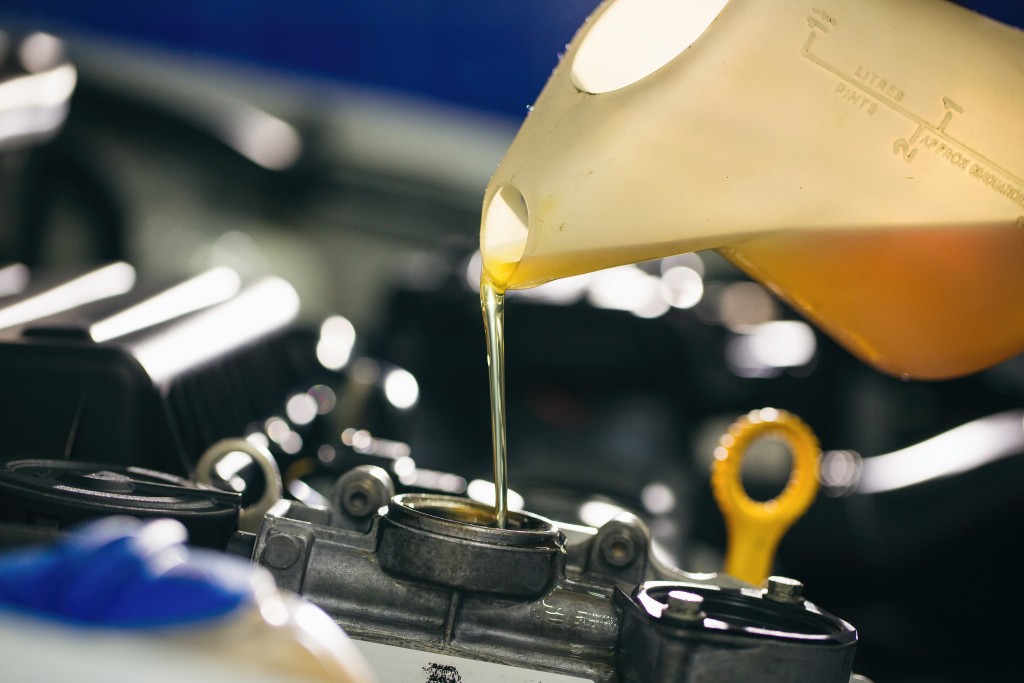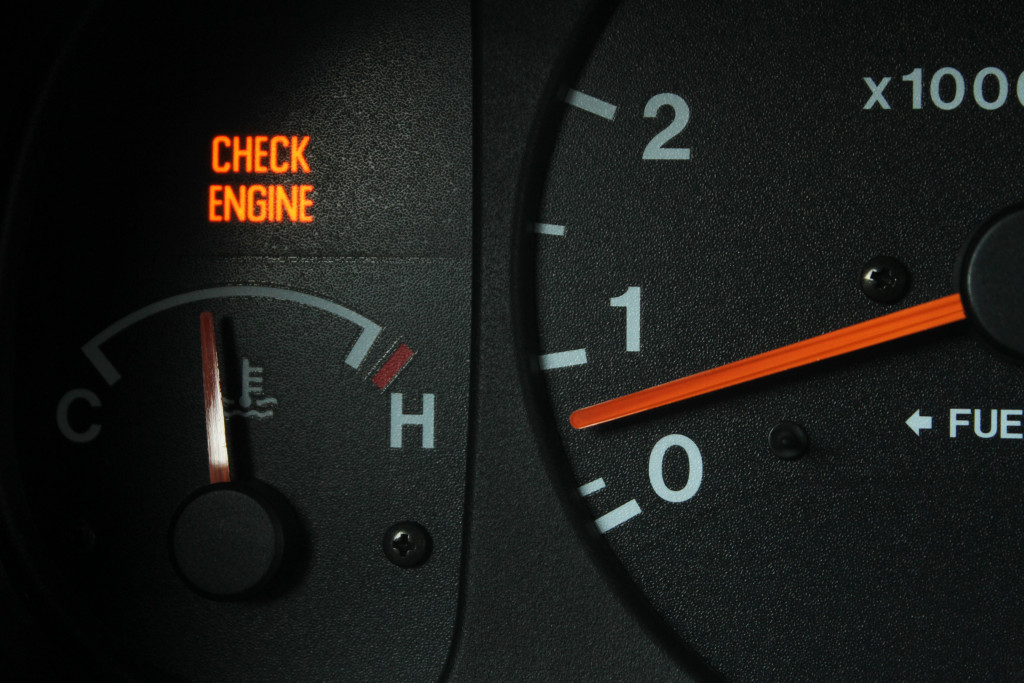- Regular maintenance and servicing are essential to keeping vehicles in top shape. This includes inspecting, tune-ups, fluid changes, and regular checks.
- Protecting the car with auto ceramic coating solutions helps preserve paint and surfaces.
- Invest in high-quality parts to save money in the long run by reducing the need for repairs and replacements.
- Train drivers in defensive driving techniques and vehicle maintenance tasks to minimize wear and tear.
Running a business often calls for a fleet of vehicles to help manage services, deliveries, and transport of employees efficiently. A reliable car plays an essential role in any business, whether it’s a small startup or a well-established organization.
So it’s crucial to ensure your business cars remain in tip-top condition to minimize unexpected downtime and maintenance costs. This blog post will discuss various strategies that can help extend the life of your business cards and maximize your investment.
Regular maintenance and servicing
It’s no secret that regular maintenance and servicing is the key to keeping your vehicle in top shape and on the road for years to come. Yet, many of us still overlook or delay these essential tasks. So what concludes maintenance and servicing?
Inspection
One of the most critical steps in vehicle maintenance is regular inspections. This can include a visual inspection of the engine and other working parts, fluid levels, tire pressure, brakes, etc. A lot of wear and tear on components can be avoided simply by ensuring that your car is regularly inspected and necessary repairs are performed immediately.
Regular tune-ups
Another key step to keeping your car in good condition is regular tune-ups. This involves replacing parts such as spark plugs and filters, checking the ignition system and fuel injectors, and adjusting settings such as idle speed and air-fuel ratio. This can help your vehicle run more efficiently and will ultimately extend its life.
Fluid changes

In addition to regular maintenance and servicing, it’s essential to ensure that your car’s fluid levels remain at the optimum level. This includes engine oil, coolant, transmission fluid, brake fluid, etc. All of these fluids play an integral role in helping your vehicle run smoothly and efficiently. As such, it’s important to change them regularly as per the manufacturer’s guidelines.
Proper storage and protection
Proper storage and protective solutions are crucial to maintaining the health of your vehicle. For instance, auto ceramic coating services, in particular, have become increasingly popular – these coatings create an extra layer of protection for your car’s paint, helping preserve its color, surfaces, and shine for a longer period of time.
The coating also provides a hydrophobic layer that repels water and protects the paint from UV rays, contaminants, dirt, grime, brake dust, rust, and scratches. In addition to protecting your car’s exterior surfaces all year round, auto ceramic coating solutions can save you money in the long run by restoring faded and oxidized paints while also making it easier to clean vehicles with fewer scrubbing hours required.
Use high-quality parts and fluids
When it comes to the parts and fluids used in your business vehicles, make sure not to cut corners. Using top-quality, manufacturer-recommended products ensures your cars perform at their best and helps avoid potential complications down the line.
Investing in high-quality parts may seem more expensive initially, but it often saves you money in the long run by significantly reducing the need for repairs and replacements.
Train your drivers
Proper training of drivers is essential in ensuring the longevity of your business cars. Teaching them the importance of smooth acceleration and braking, along with defensive driving techniques, will go a long way in minimizing vehicle wear and tear.
Additionally, informing your staff about the necessary vehicle maintenance tasks they can undertake, such as checking tire pressures and fluid levels, can contribute to the car’s overall lifespan.
Don’t ignore warning signs

Your car may not be able to talk or signal an SOS, but it can definitely send you warning signs when something is not right. Listening closely and acting on these warnings will save you a lot of time, money, and headaches in the long run.
Dashboard Warning Lights
One of the most obvious warning signs your vehicle will display is through the various dashboard warning lights. It’s essential to familiarize yourself with the meaning of each symbol to identify and address potential issues quickly. Some standard warning signs include the check engine light, tire pressure light, oil pressure light, battery charge warning, and coolant temperature warning.
The Bottom Line
Extending the life of your business cars saves you money and ensures your services’ efficiency and reliability. By implementing these strategies – regular maintenance, using top-quality parts, providing proper training for drivers, maintaining meticulous records, addressing issues promptly, and offering suitable vehicle protection – you can maximize your investment and continue reaping the benefits of a dependable fleet. So why wait? Start implementing these practices today and secure the longevity of your business cars.

